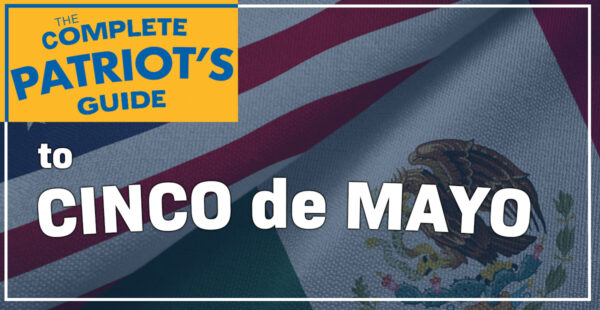Nature has a way of taking care of itself. Sometimes, when major events sweep through the landscape, the way it recovers is by creating a new, third ecosystem.
Picture this: There is a forest lush with trees and the songs of the birds. On the edge of the forest sits a beautiful lake fed by the rushing waters of a nearby river. One day, the river’s flow is changed and the lake loses its water source. Over time, this drops the water level and depletes access to nutrients for the roots of the trees in the forest. There are fewer fish to be harvested by the animals. Between the forest and lake, a new ecosystem grows – a marshland flush with algae and amphibians, with soft ground for the roots of the trees to spread quickly and new food sources for the forest. A new solution and avenue to grow.

The third ecosystem may become a permanent part of the landscape or stay long enough to give the other two what they need to fully recover. Its purpose is to create healing, balance, and then, growth.
Our communities are a lot like that. Different sectors of our system can suffer loss. Resources suddenly become sparse. Unified initiatives become adversarial. And just like in nature, it’s about supporting each part so the whole can thrive.
When all of this happens, its good people fighting for what they believe to be right and true. The best solution for the future of the community. So even when it’s hard, it’s well-meaning. Somewhere in the middle of the polarization, compromise starts to take place and the third ecosystem begins to grow; new natural processes and exchanges of energy take shape. Listening happens as often as grandstanding; new avenues to obtain resources become visible. And a better understanding and shared solutions emerge.
The community flourishes with a new sense of shared pride.
It’s important to recognize when our communities are heading to a place of division or storming. Diversity of thought and priority can be healthy, and it’s important to consider how can we best contribute during the evolution of the third ecosystem. Here are a few ways we can help.
Listen and look for similarities. When we have a need to be validated in our own ideals, it is easier to see differences. However, if our goal is to create a better outcome for everyone, we have to build a foundation on common ground.
Understand the underlying why. It’s difficult to know what others have gone through, what it is that has molded their value set. Ask questions. Authentically care about others and why they feel passionate about participating in the issue.
Focus on your strengths and recruiting others to use theirs. An ecosystem is the healthiest when all parties bring their best to the table. Discover your strengths, offer them to the group, and encourage others to do the same.
Tell the collective story. Be inclusive. Self-promotion and propaganda often create fractures in the foundation. Each win should be shared by everyone and offer new ways to contribute.
We are made to be part of the community, and to contribute to the ecosystem. And in the cycle of growth, there will be a time when a third ecosystem is needed to find the best path forward. And that’s OK. It’s where we can find the best version of ourselves, together. Nature always finds a way.

Melissa, community affairs manager at Black Hills Energy, is a native of Broken Bow. She has taken on several roles in her community, including leading in the area’s economic development. Melissa has contributed to TEDxLincoln, the University of Nebraska System President’s Advisory Council, and the Rural Futures Institute Community Innovations project.




